Flood: Am I covered?
Welcome, I am Ashlynne. I am one of the owners of VP Custom Insurance Solutions. My goal in writing this blog is to guide you in learning what insurance is. Answering those questions that no one seems to take the time to answer. To pull the curtain aside and let you peek into the workings of an agent. Now let’s get back to what you came here for.
Flood is a coverage that we deal with on a smaller scale here in California. We are normally more worried about fire, however, when you have big storms that come through with snow and rain, it becomes the number one question in everyones mind. We are going to go through, what flood insurance is, what it covers, and all the little quirks.
A flood is defined in simple terms as an “excess of water on what is normally dry land,” (NFIP). There is of course a more complicated definition that you can check out at FEMA. FEMA’s NFIP (National Flood Insurance Program) has a wealth of information on this subject. I would encourage you to seek out information from them but also contacting your agent to clear up any questions you have. Flood remains the biggest natural disaster that we experience in this country as a whole. Flood Insurance is purchased to protect building owners from a loss by water damage. Lets get into what a flood policy covers and doesn’t cover.
Are your required to have flood insurance? That really depends, everyone is technically living in a flood zone. It ranges from low risk to high risk depending on your location’s geographical nature. FEMA has put together a flood map that can help you determine what type of flood zone you are in. It is always suggested that a building owner have flood insurance, but if you have a mortgage, then you may be required to have a flood policy. Generally, your homeowner’s or business policy does NOT have coverage for flood which means that a separate policy has to be purchased. Outside of a lender mandating you have a flood policy, you are not required to carrier flood coverage.
Flood policies are a little different than your normal property policies. NFIP has been the only program you can purchase flood insurance through for a very long time. NFIP partners with over 50 insurance carriers to provide quality flood coverage. The market has recently opened up to the private sector. This is newer, but is available to insureds to explore. The flood policy is there to cover one cause of loss - flood. It does not cover any other cause of loss but those defined by the policy. When you purchase a flood, there are a couple different policies that you can get. There is building coverage and there is contents coverage policies. It is suggested that you purchase both coverages to be fully protected during a flood. ,
The NFIP states that the their flood policy will cover:
Building:
Electrical and plumbing systems
Furnaces and water heaters
Refrigerators, cooking stoves, and built-in appliances like dishwashers
Permanently installed carpeting
Permanently installed cabinets, paneling, and bookcases
Window blinds
Foundation walls, anchorage systems, and staircases.
Detached garages
Fuel tanks, well water tanks and pumps, and solar energy equipment
Contents:
Personal belongings such as clothing, furniture, and electronic equipment
Curtains
Washer and dryer
Portable and window air conditioners
Microwave oven
Carpets not included in building coverage (e.g., carpet installed over wood floors)
Valuable items such as original artwork and furs (up to $2,500)
This does NOT mean all insurance policies will cover all this, especially in the private sector. Make sure to consult with your agent, or call VP Insurance to go over what your policy is covering.
Another thing to remember, that makes flood different from other policies, is that there is generally a waiting period after purchase before coverage kicks in. It is usually around 30 days for NFIP and some private companies are as little as 15 days. This is to discourage people buying the insurance for a limited time or to cover a flood that already happened or will happen shortly. They are wanting you to be proactive not reactive when it comes to purchasing flood insurance.
Another difference is that deductibles tend to be percentages of the building/contents coverage, not a set figure. However, just like a typical policy the higher the deductible the lower the premium. Remember that the higher the deductible the lower the claim payment too. It is important to choose a limit that is within your budget and means. Your agent can help with that too, give them a call and see what they can find out for you.
Flood insurance does not cover any loss that is NOT directly caused by a flood. It is important that you have a homeowner’s or business policy to cover the other causes of loss.
As agents we often find that flood insurance can be pricey. We always encourage people to take in the cost vs chance of loss to determine if they are able to fund a policy without over extending your funds. VP Custom Insurance can help you determine if flood is a policy that you are needing. I have also put some great links within this blog for additional information and resources.




